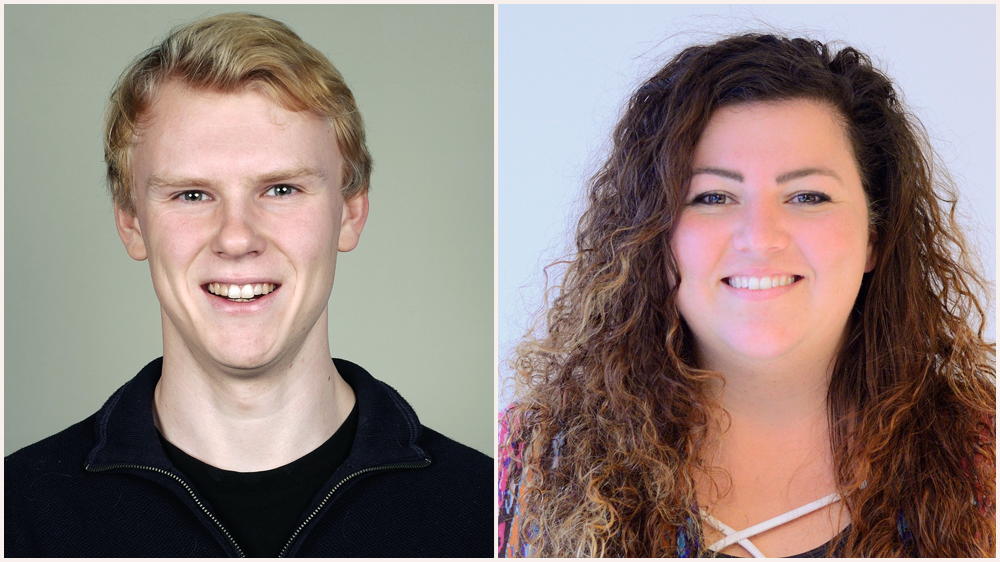Title of the publication
Tracing the signatures of a quiet Sun nanoflare
Publication: Astronomy & Astrophysics
1st Author: Rebecca Robinson
Position: Doctoral Research Fellow
Co-authors from RoCS:
- Mats Carlsson
Short summary by the author
Quiet Sun activity is detectable with SDO/AIA and will be detectable with the future MUSE mission. It is possible to detect bidirectional jets with both instruments, which can give context clues as to the mechanisms causing the nanoflare event. The resolution and spectral information of MUSE will give a much more detailed observation of the event, making it much easier to reconstruct a possible trigger mechanism. However, we must be careful in our interpretations of observations when we have limited information, as vastly different physical processes can produce similar observational signatures.
Title of the publication
Irregular grids for 3D NLTE radiative transfer in stellar atmospheres
Publication: Astronomy & Astrophysics
1st Author: Elias R. Udnæs
Position: Doctoral Research Fellow
Co-authors from RoCS:
- Tiago M.D. Pereira
Short summary by the author
Three-dimensional non-local thermodynamical equilibrium (NLTE) radiative transfer calculations are a fundamental tool for a detailed spectral analysis in stellar atmospheres, but require vast amounts of computer power. This prevents their broader application. Aims. We undertake a first exploration of the use of 3D irregular grids in stellar atmospheres. In particular, we aim to test whether irregular grids can be used to speed up the 3D NLTE problem, in the same way as depth optimisation can lead to faster running times in 1D. Methods. We created irregular grids based on 3D Voronoi diagrams, sampling different distributions from a 3D radiation-magnetohydrodynamic Bifrost simulation. We developed a method for solving radiation on the 3D irregular grid and implemented a simple NLTE solver using Λ-iteration and statistical equilibrium. We applied this to a simplified hydrogen-like atom and studied the convergence properties and accuracy of the irregular grid methods. For reference, we compared them to a standard short-characteristics solver on a regular grid. Results. We find that our method for radiation in irregular grids gives similar results to those from regular grids, and that it is possible to obtain nearly the same results with about ten times fewer points in the irregular grid for the continuum intensity in local thermodynamical equilibrium. We find that the irregular grid can give good results for the NLTE problem, but it takes four times longer per iteration than the regular grid, and it converges in about the same number of iterations. This makes it particularly inefficient. Our formulation therefore does not lead to an improvement. We also find that the design of the irregular grid is crucial for accurate results, and find it non-trivial to design an irregular grid that can work well across a wide range of heights.
